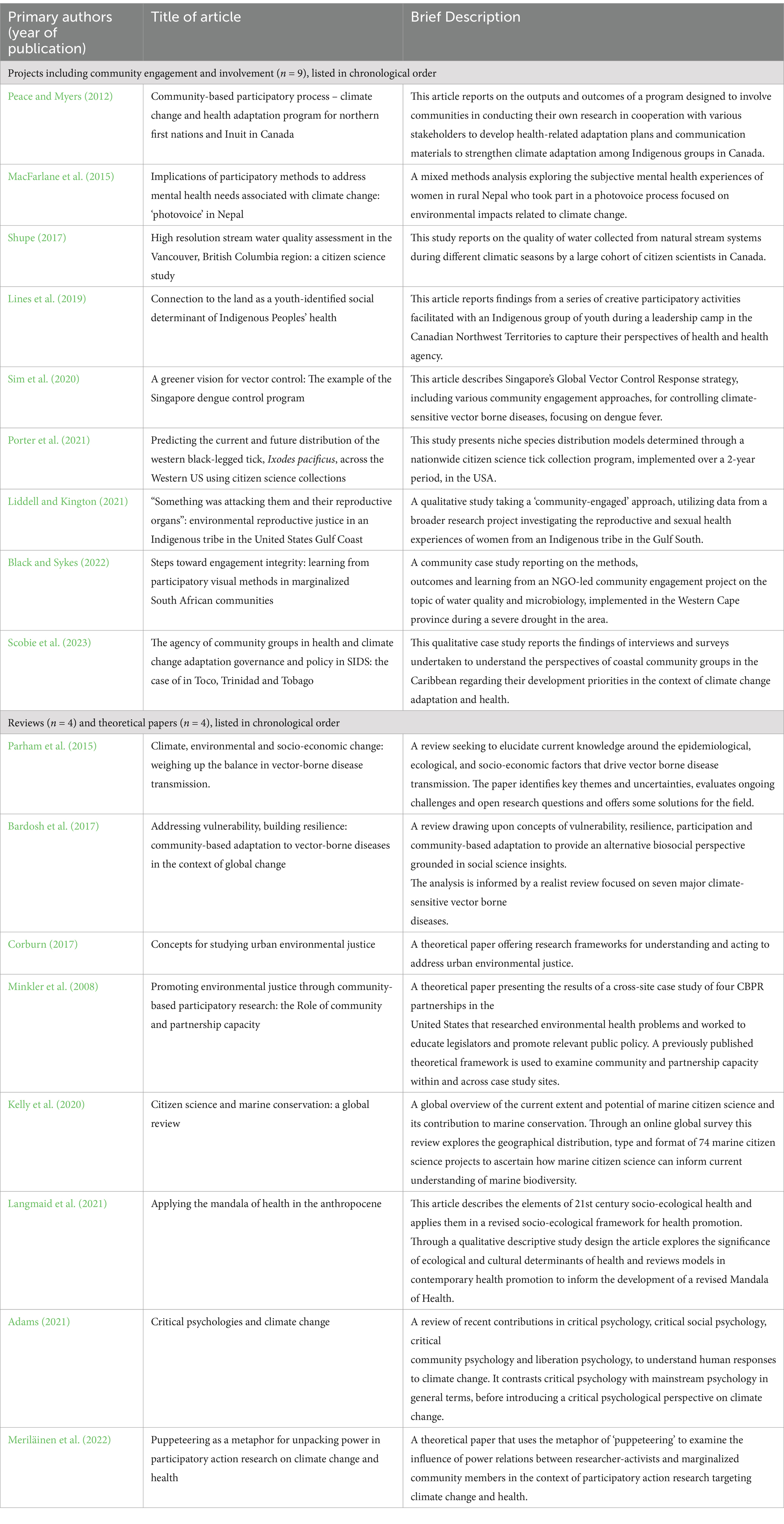
Supreme Court Urges Punjab and Tamil Nadu Governments to Address Crop Burning and Pollution
)
After giving a rap to the Punjab government for causing air pollution, the SC pointed out that groundwater was depleting fast, and the state would become a desert soon if farmers did not heed the warning to stop paddy cultivation
The Supreme Court’s Concern for Sustainable Development Goals (SDGs)
The Supreme Court on Friday came down hard on both Punjab and Tamil Nadu governments and insisted that crop residue burning in Punjab and some other states adjacent to Delhi have to be stopped and a solution has to be found to reduce the pollution level in the national capital region (NCR). The top court also warned Punjab that unless excessive paddy cultivation was checked the state would soon turn into a desert, given the rapidly declining ground water levels.
Addressing the Pollution Issue
Hearing a matter relating to the debilitating air pollution in the Delhi-NCR, a bench headed by Justice Sanjay Kishan Kaul observed there were several reports and committees on the pollution issue, but nothing was happening at the ground level. The bench, also comprising Justices Sudhanshu Dhulia and Ahsanuddin Amanullah, said the apex court wanted to see the results.
The Supreme Court emphasized the need for tangible outcomes and action to combat air pollution and protect the environment.
Groundwater Depletion and Sustainable Farming
After giving a rap to the Punjab government for causing air pollution, the Supreme Court pointed out that groundwater was depleting fast, and the state would become a desert soon if farmers did not heed the warning to stop paddy cultivation.
Experts have advised Punjab farmers to adopt crop diversification for sustainable farming, as excessive paddy cultivation is contributing to the depletion of groundwater levels. Although paddy is a high-income crop, it is crucial for farmers to consider the long-term consequences and explore alternative crops such as maize, soybean, and sunflower.
The Supreme Court stressed the importance of behavior change among farmers and their responsibility towards future generations in utilizing resources judiciously.
Earlier warnings from experts also highlighted the need for Punjab farmers to break away from the traditional wheat and paddy cycle in order to conserve groundwater.
SDGs, Targets, and Indicators
| SDGs | Targets | Indicators |
|---|---|---|
| SDG 6: Clean Water and Sanitation | 6.4: By 2030, substantially increase water-use efficiency across all sectors and ensure sustainable withdrawals and supply of freshwater to address water scarcity and substantially reduce the number of people suffering from water scarcity | – Groundwater depletion rate – Water use for paddy cultivation |
| SDG 13: Climate Action | 13.3: Improve education, awareness-raising and human and institutional capacity on climate change mitigation, adaptation, impact reduction and early warning | – Crop residue burning reduction |
| SDG 15: Life on Land | 15.3: By 2030, combat desertification, restore degraded land and soil, including land affected by desertification, drought and floods, and strive to achieve a land degradation-neutral world | – Groundwater depletion rate – Paddy cultivation reduction |
1. Which SDGs are addressed or connected to the issues highlighted in the article?
SDG 6: Clean Water and Sanitation
The article highlights the issue of rapidly declining groundwater levels in Punjab due to excessive paddy cultivation. This is directly connected to SDG 6, which aims to ensure the availability and sustainable management of water and sanitation for all.
SDG 13: Climate Action
The article mentions the need to stop crop residue burning in Punjab and neighboring states to reduce pollution levels in the national capital region (NCR). This aligns with SDG 13, which focuses on taking urgent action to combat climate change and its impacts.
SDG 15: Life on Land
The article warns that unless excessive paddy cultivation is checked, Punjab could soon turn into a desert due to rapidly declining groundwater levels. This relates to SDG 15, which aims to protect, restore, and promote sustainable use of terrestrial ecosystems, combat desertification, and halt biodiversity loss.
2. What specific targets under those SDGs can be identified based on the article’s content?
Target 6.4: By 2030, substantially increase water-use efficiency across all sectors and ensure sustainable withdrawals and supply of freshwater to address water scarcity and substantially reduce the number of people suffering from water scarcity.
The article emphasizes the need to address the rapidly declining groundwater levels in Punjab, which is directly related to water scarcity. By reducing excessive paddy cultivation and promoting crop diversification, the target of increasing water-use efficiency and addressing water scarcity can be achieved.
Target 13.3: Improve education, awareness-raising and human and institutional capacity on climate change mitigation, adaptation, impact reduction and early warning.
The article highlights the issue of crop residue burning and the need to find a solution to reduce pollution levels in the NCR. By raising awareness among farmers and implementing measures to mitigate climate change impacts, this target can be addressed.
Target 15.3: By 2030, combat desertification, restore degraded land and soil, including land affected by desertification, drought and floods, and strive to achieve a land degradation-neutral world.
The article warns that excessive paddy cultivation could turn Punjab into a desert due to declining groundwater levels. By reducing paddy cultivation and adopting sustainable farming practices, the target of combating desertification and achieving a land degradation-neutral world can be pursued.
3. Are there any indicators mentioned or implied in the article that can be used to measure progress towards the identified targets?
The following indicators can be used to measure progress towards the identified targets:
– Groundwater depletion rate: This indicator can measure the rate at which groundwater levels are declining in Punjab, indicating progress towards addressing water scarcity and combating desertification.
– Water use for paddy cultivation: Monitoring the amount of water used for paddy cultivation can assess progress in increasing water-use efficiency and reducing water scarcity.
– Crop residue burning reduction: Tracking the reduction in crop residue burning can indicate progress in mitigating climate change impacts and improving air quality.
These indicators can provide quantitative data to measure the effectiveness of interventions and policies aimed at achieving the identified targets.
4. SDGs, Targets, and Indicators
| SDGs | Targets | Indicators |
|---|---|---|
| SDG 6: Clean Water and Sanitation | 6.4: By 2030, substantially increase water-use efficiency across all sectors and ensure sustainable withdrawals and supply of freshwater to address water scarcity and substantially reduce the number of people suffering from water scarcity | – Groundwater depletion rate – Water use for paddy cultivation |
| SDG 13: Climate Action | 13.3: Improve education, awareness-raising and human and institutional capacity on climate change mitigation, adaptation, impact reduction and early warning | – Crop residue burning reduction |
| SDG 15: Life on Land | 15.3: By 2030, combat desertification, restore degraded land and soil, including land affected by desertification, drought and floods, and strive to achieve a land degradation-neutral world | – Groundwater depletion rate – Paddy cultivation reduction |
Behold! This splendid article springs forth from the wellspring of knowledge, shaped by a wondrous proprietary AI technology that delved into a vast ocean of data, illuminating the path towards the Sustainable Development Goals. Remember that all rights are reserved by SDG Investors LLC, empowering us to champion progress together.
Source: firstpost.com

Join us, as fellow seekers of change, on a transformative journey at https://sdgtalks.ai/welcome, where you can become a member and actively contribute to shaping a brighter future.





